American pop star Taylor Swift broke another historic record. Her new album, The Life of a Showgirl, reached the top 10 of the Billboard Hot 100, one of the most influential charts in the world.
The lead single from the album, “The Fate of…

American pop star Taylor Swift broke another historic record. Her new album, The Life of a Showgirl, reached the top 10 of the Billboard Hot 100, one of the most influential charts in the world.
The lead single from the album, “The Fate of…
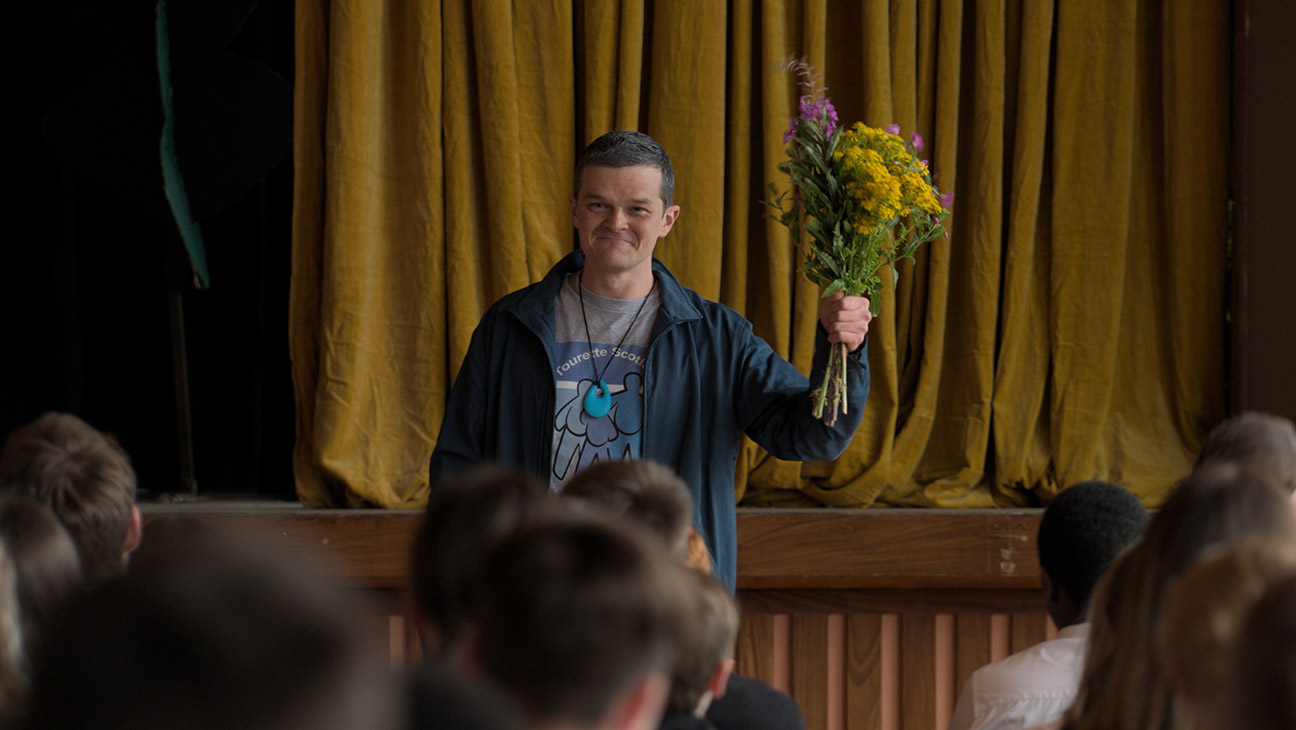
Canal+ Group, which is led by CEO Maxime Saada and houses film production and distribution arm StudioCanal, on Thursday highlighted its “commitment to cinema.” The French media giant said in early September that it had entered exclusive…

Britney Spears has responded to her ex-husband Kevin Federline’s claims in his upcoming memoir about their marriage, calling his depiction of her “extremely hurtful and exhausting”.
In You Thought You Knew, Federline details his two-year…

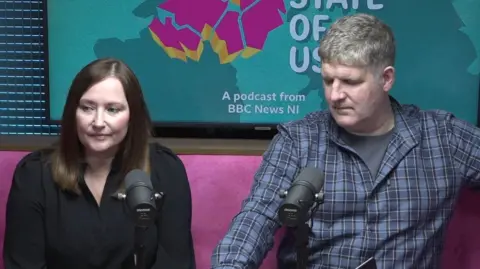 BBC
BBCThe parents of a teenager with Special Educational Needs (SEN) have said they spent £30,000 on legal costs after they were prosecuted over their son’s…
…
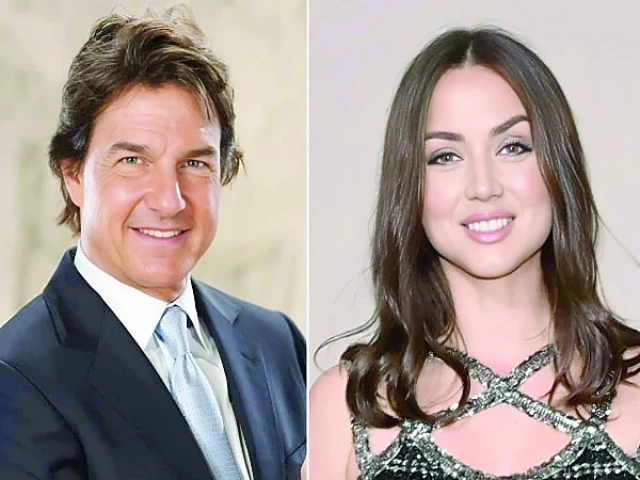
Tom Cruise and Ana de Armas. Photos: file
After nearly a year together, Tom Cruise and Ana de Armas have reportedly called time on their…

 BBC
BBCThe consequences of not talking about menopause in South Asian families can be far-reaching and lead to marriages breaking down,…
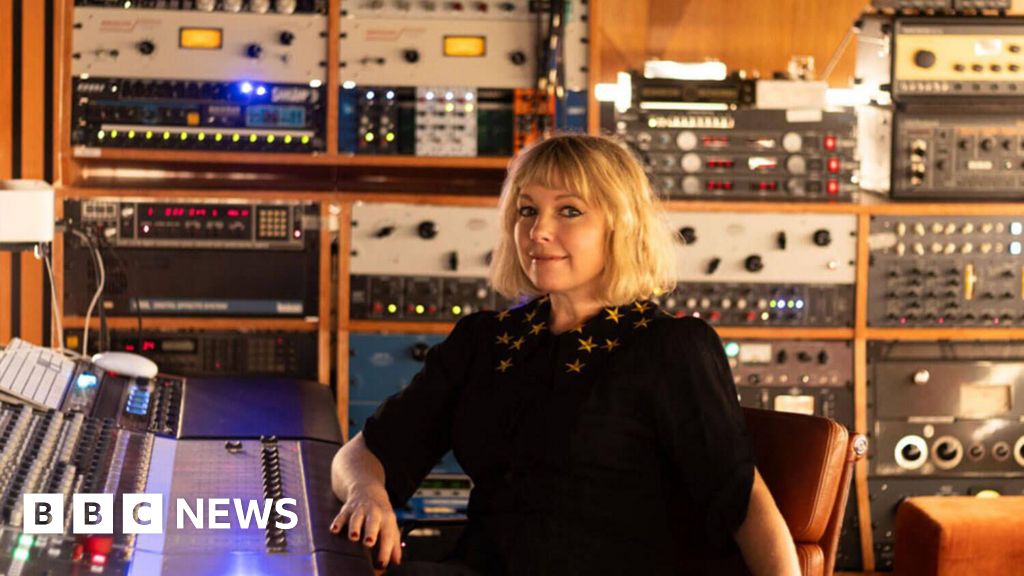
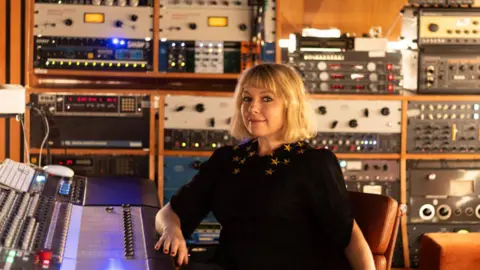 Bath Spa University
Bath Spa UniversityA professional singer and DJ has joined a university faculty to “empower” the next generation of musicians with her 20…
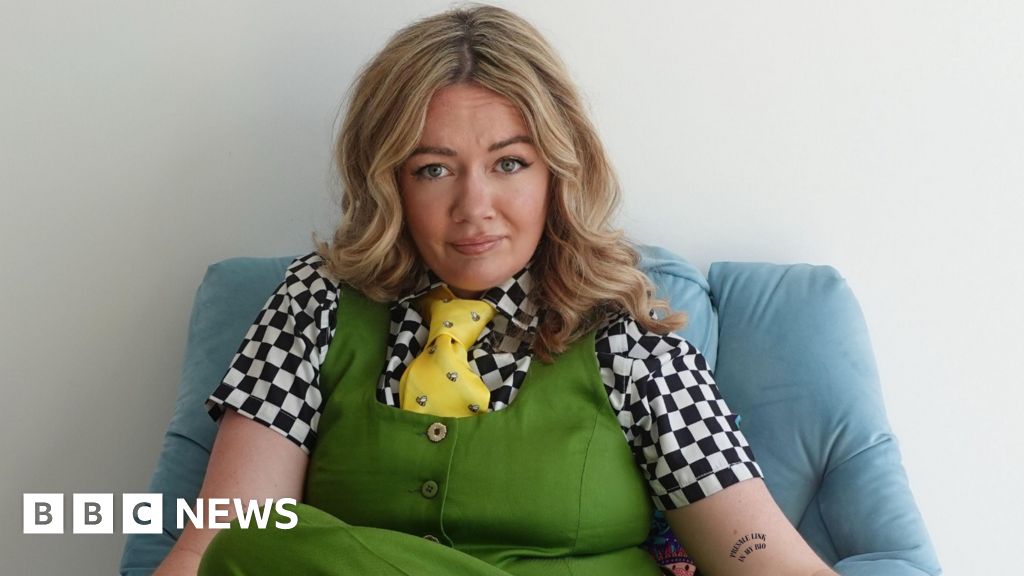
Catherine MooreBBC News NI
 Serena Terry images
Serena Terry imagesSerena Terry is well-known for her brutally honest stand-up comedy.
But after selling out her previous two UK and Ireland tours and becoming the…
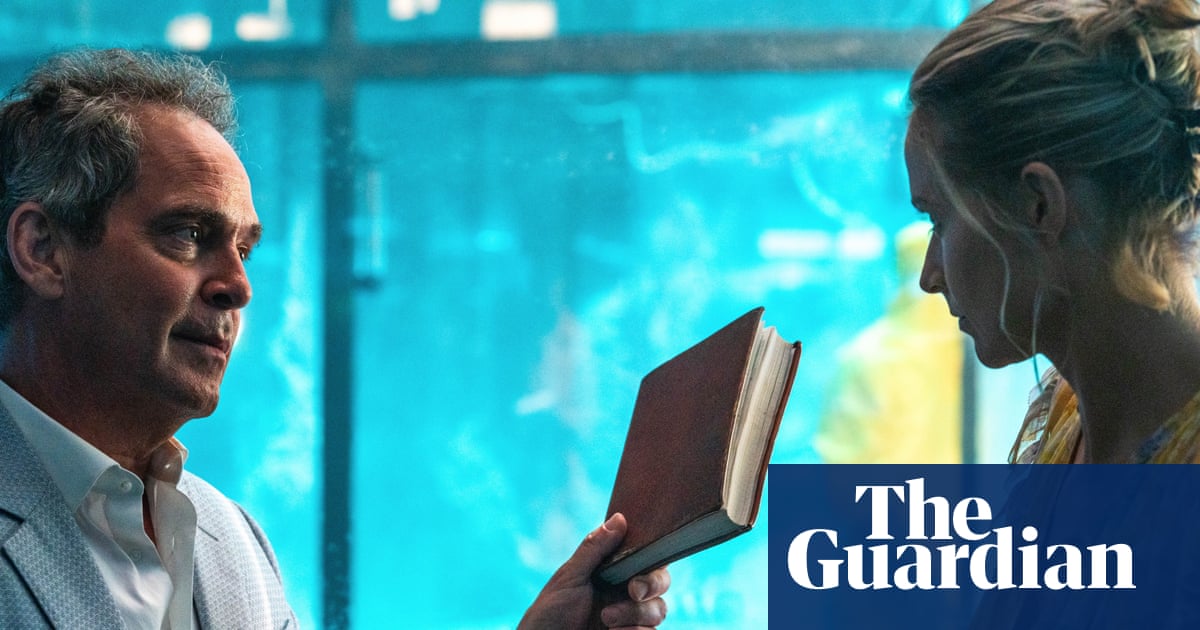
9pm, Sky Atlantic
There’s a propulsive opening to Niamh Algar and Tom Hollander’s cat-and-mouse thriller. Iris Nixon (Algar) is an elusive puzzle-solving genius who is invited by entrepreneur Cameron Beck (Hollander) to solve…